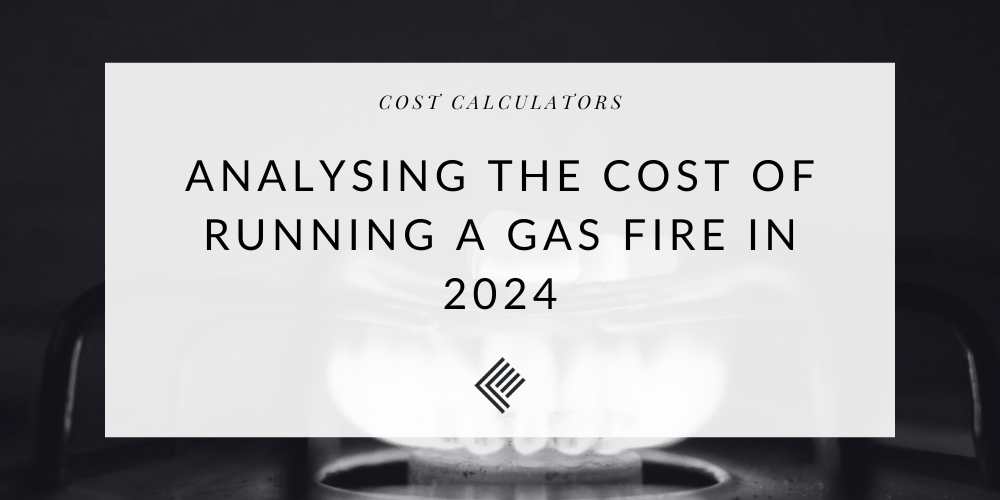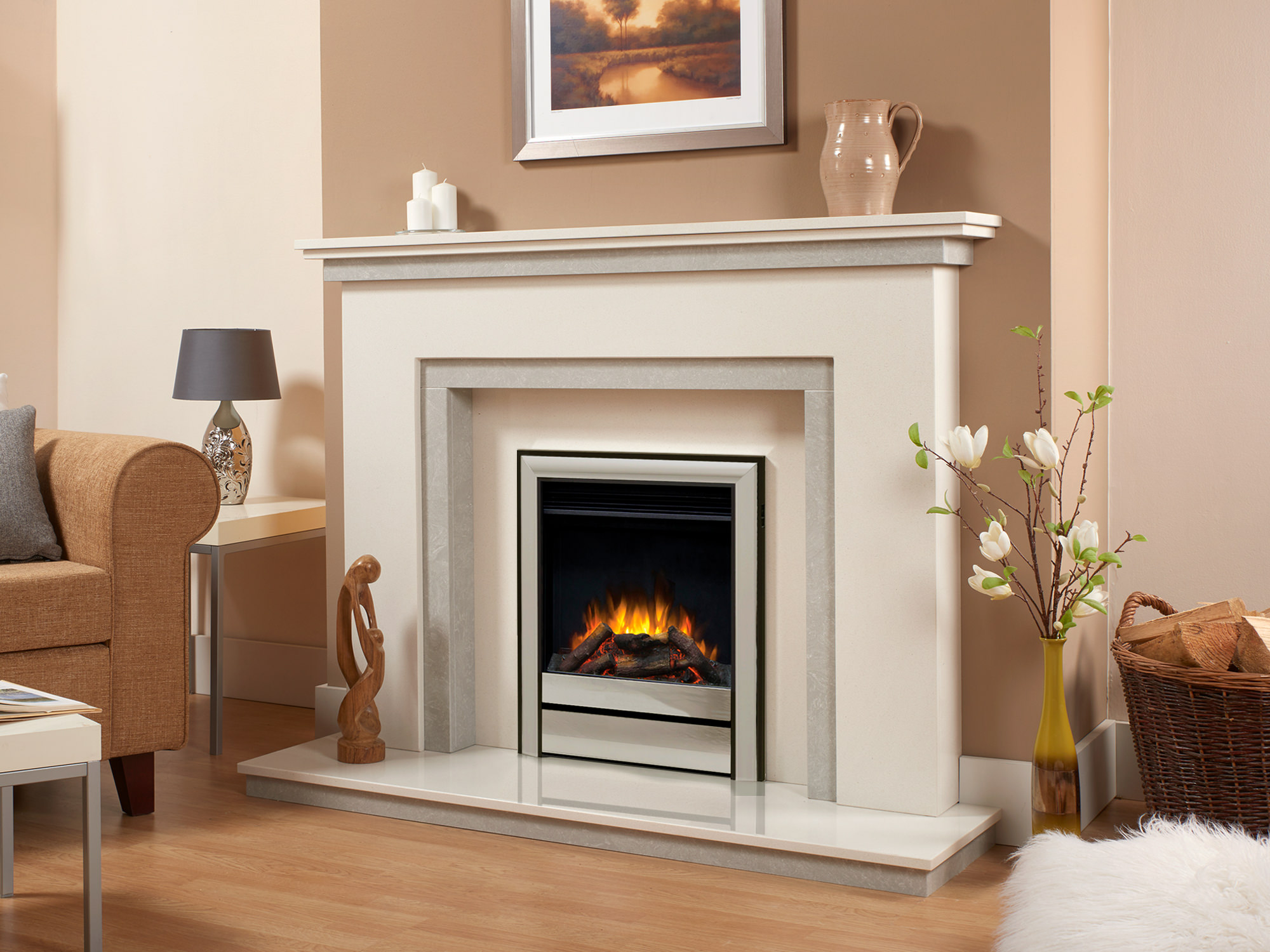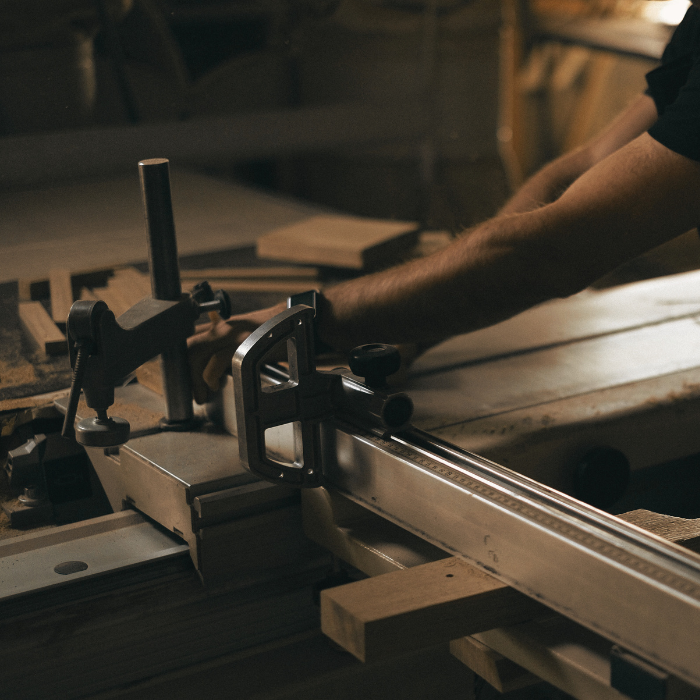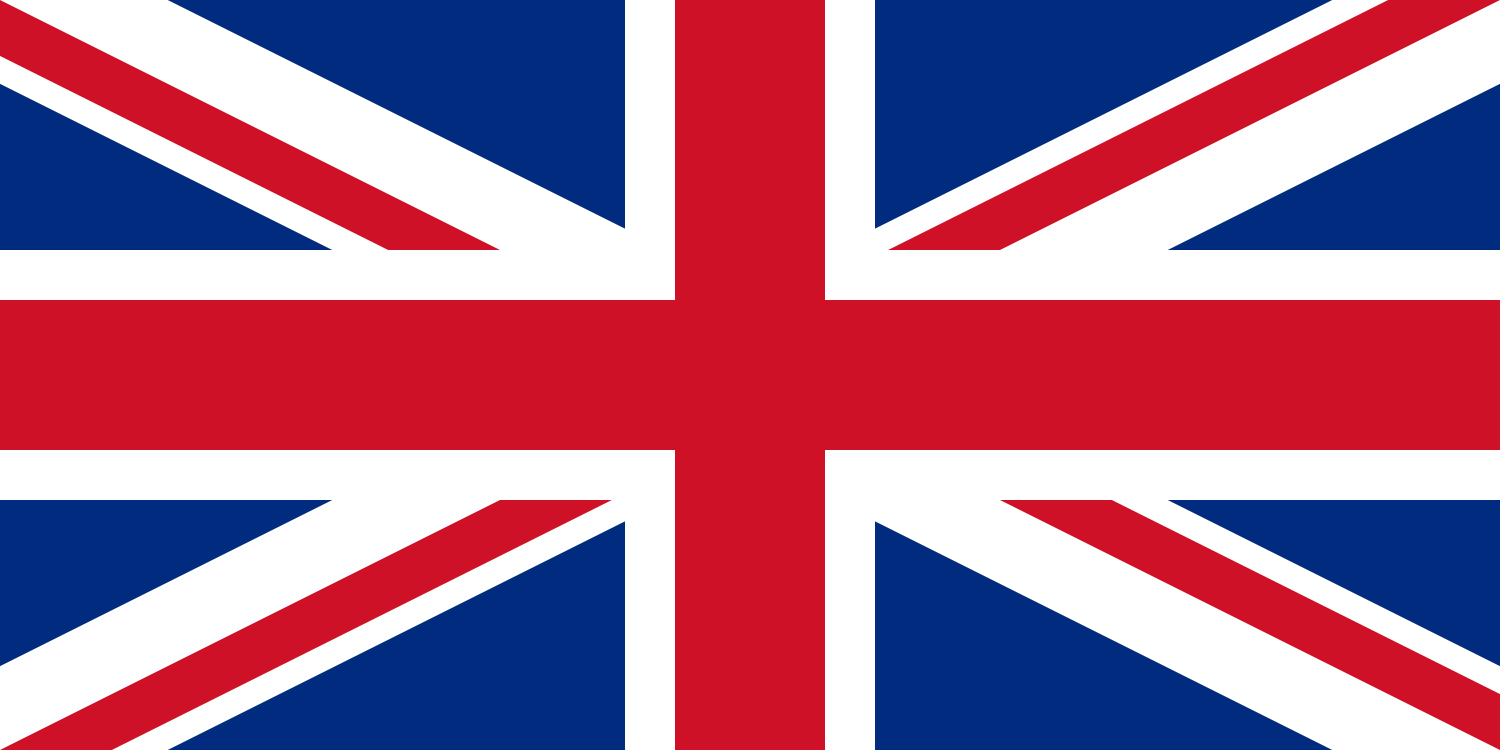
Table of Contents
The Designer Fireplaces Gas Fireplace Cost Calculator is designed to help you easily estimate the cost of running a gas fire monthly, based on the specific usage of your gas fire.
Once you have chosen a gas fire you like (or already have), you’ll need to select the closest gas input and efficiency rating from the dropdown menus. Then, enter the gas price per kilowatt-hour, which is pre-set to the latest cost cap1 but can be adjusted for future prices. Finally, input how many hours per month you plan to use the gas fire. The calculator will dynamically update the estimated cost as you modify any of the fields, providing you with an instant calculation on the cost of running a gas fire in the form of your expected monthly expense.
Gas Fire Cost Calculator
Analysing the Cost of Running a Gas Fire in 2024
Understanding the cost of running a gas fire in 2024 requires a deep look at several associated costs. Here is a detailed breakdown of the expenses you can expect in the daily operation of your gas fire.
- Gas Consumption: The primary expense in operating your gas fire is the gas itself. Whether you use mains gas or LPG canisters, the cost will depend on the price per unit of gas and the amount you consume. I’m sure you’ll be aware, in 2023-4, gas prices have seen fluctuations (mostly up) due to global market conditions, making it essential to stay updated on current rates to get a real time picture of the cost of running a gas fire.
- Electricity Usage: Many of the more modern gas fires utilise electrical components, such as timers, systems, fans and ignitions. Some gas fires utilise inexpensive batteries, these features, while enhancing functionality and safety, also contribute to your overall energy consumption. This can be considered a negligible expense compared to gas consumption, but it is still a factor to consider in your overall cost analysis.
- Standing Charges: These are fixed daily charges levied by your supplier, irrespective of your usage. Standing charges are charged to cover the maintenance of the supply network and other infrastructural costs. While they might seem low, they definitely accumulate over time and impact your annual expenses.
- Usage Time: Potentially the single biggest controllable expense when calculating the cost of running a gas fire is the duration of which you run it. Extended usage of course leads to higher gas consumption. Seasonal variations, such as increased usage during colder months, should always be factored into your cost projections.
- Size and Efficiency of Your Fire: The size of your gas fire significantly impacts its gas consumption. Larger fires or those with higher heat output ratings will use more gas. Efficiency ratings also play a crucial role; a more efficient gas fire will convert more of the gas into heat, providing better performance at a lower operating cost. Investing in a high-efficiency gas fire model can lead to long-term savings if you plan on using your fire a lot.
- Yearly Gas Service: Regular maintenance is crucial for the safe and efficient operation of your gas fire. An annual service by a qualified gas safe engineer (read more about how to find a good one!), ensures that the appliance is running efficiently and safely, reducing the risk of breakdowns and keeping the all important warranty in tact. The cost of a yearly gas service typically ranges from £50 to £100, depending on your location and appliance.
The cost of running a gas fire, naturally, will vary from location to location and usage to usage, so any costs that we offer here will be an approximation based on estimates and current information. But a fairly average household with a primary central heating system who use an average size gas fire, with an average efficiency rating exclusively as a secondary heat source, you can expect to spend around £11.31~ per month2.
Why Should You Choose A Gas Fire?
Gas fires have a number of benefits for the savvy homeowner or renter. The stringent testing and regulations within the gas industry mean that a gas fire is a very safe way to have a warm, comforting fireplace in your home. This kind of fire is also extremely efficient- some have an efficiency rating as high as 90%, which is almost perfect. What this rating means is that, of the gas fed into your fireplace, almost 100% of it is converted into flames and heat- that’s only 10% gas and energy wastage which contributes massively toward the low cost of running a gas fire.
Gas fire sales and installations in the UK soared when the UK government passed the Clean Air Act in 1956. This act aimed to reduce the concentration of smog in the air over the UK and minimise the burning of coal to produce heat. During the ’60s and ’70s, gas fires became the option du jour, and even now, they have remained one of the most popular choices when renovating the home.
Despite gas fireplaces being commonplace since the 60’s when utilised as part of a fireplace suite, gas fires are also still very much “in style”. Whilst they face fierce competition from rapidly improving electric fires, one thing a gas fire will always have over an electric fire, is they have the real flame that so many of us crave when choosing our new fireplace.
How To Get The Most Out Of Your Gas Fire
If you want get bring down the cost of running a gas fire, ensure that you’re getting the best possible efficiency, there are a few things that you should remember to keep the fire at optimum efficiency.
- Regular Inspections: Regularly inspect your gas fire unit to ensure it remains in good working condition. Use a vacuum to gently remove dust and debris, and wipe down surfaces with a soft cloth and ensure you get your yearly service by a Gas Safe engineer.
- Monitor Burners: Check the burner holes for any blockages. If you have a log or coal-effect fireplace, remove the logs or coals and clean them thoroughly before inspecting the burners.
- Clean the Pilot Light: Turn off the gas supply completely before cleaning the pilot light. Use a small, medium-bristled brush to remove any dirt or build-up that could affect performance.
- Chimney/Flue Maintenance: Regularly inspect and clean your chimney or flue to prevent dangerous build-up of soot and creosote. Creosote is highly flammable and can pose health risks. Consider hiring a professional chimney sweep for a professional clean once a year. For more about the history of the chimney sweeps job, read our informative and humorous (I think so anyway), article titled “The Lucky Wedding Chimney Sweep Tradition“.
- Replace Air Filters: Replace the air filter regularly to maintain optimum efficiency. Consult your gas fire manual for guidance on how often this should be done. A clogged filter can significantly reduce the efficiency of your fire which can be brutal when calculating the cost of running a gas fire.
- Ensure Proper Insulation: Make sure the areas around your fireplace, such as the flue, chimney, and surrounding walls, are well-insulated. Good insulation helps trap heat, making your fireplace more effective and efficient.
- Seal Gaps and Cracks: Inspect the entire unit and the surrounding areas for any gaps or cracks. Use appropriate materials to patch these gaps, ensuring no heat escapes and your gas fire operates efficiently.
Wishing You A Warm Winter
One of the most compelling reasons for choosing a gas fire is the real flame it offers, which enhances the ambiance of any room. This authentic look and feel, combined with high efficiency ratings, make the cost of running a gas fire not only manageable but also a worthwhile investment for the warmth and comfort it brings to your home.
Whether you prefer coal or log effect gas fires, a massive installation or something sleek and discreet, despite the surge in energy prices of late, the cost of running a gas fire in 2024 can still be considered by many as value for money and a wonderful aesthetic addition to your home to boot. If you’re still torn between a gas fire, or an alternative, give our article Leverage Gas Fire Efficiency for a Cosy, Affordable Winter a read!
- At the time of writing, the UK cost cap per unit of gas is £0.07 ↩︎
- This estimate is based on a 3.5kw input gas fire at 65% efficiency for 1 hour a day. ↩︎











